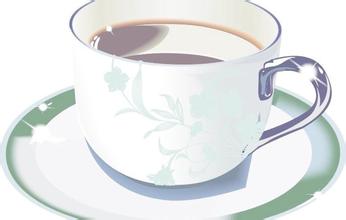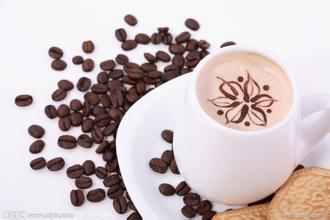How to make Italian espresso pressed powder unbroken after extraction
How to make Italian espresso pressed powder unbroken after extraction
Perfect extraction, skills must be known.
The first is the choice of instruments for production. Good filter cups and filter paper are not only necessary for making good coffee, but also necessary for good steaming. The high-quality brand filter cup design groove can make the air fluidity is good, will not let the gas gush out from the coffee surface, the water permeability of the high-quality filter paper will also make the hot water pass through quickly, will not form the dripping filtration speed sometimes fast and sometimes slow.
Second, it is necessary to have a suitable hand flushing pot, which can well control the outlet speed and flow rate, flow rate, as well as the softness and hardness of the flow.
Third, water quantity. Steaming water does not need too much, only need to wet the surface of coffee, but need to be soft and light, fast and uniform, like spring rain moisturizer, so that the steaming speed can be carried out at the same time.
Fourth, the temperature of the water. I personally think that the best temperature for making hand-brewed coffee is 83 degrees, and the highest temperature should not exceed 90 degrees. This kind of water temperature will not produce too much bitterness or sour taste when steaming, and it can also make the coffee fully expand.
The so-called espresso is extracted from pressurized hot water through coffee powder. The nature of hot water flows to places with less resistance, so it passes through places with lower coffee density or levels. If the distribution density of coffee powder is not uniform, it will not be able to draw a beautiful pattern.
The main results are as follows: 1. The coffee powder is evenly measured and distributed.
2. Hot water passes evenly, perfectly extracting espresso.
What is the so-called failure of extraction?
1. Measure and distribute uneven coffee powder.
2. Some → hot water with high density is in poor condition.
The color of → coffee is dark, the taste is not strong, and the extraction is not complete.
3. The → hot water with low density is in good condition.
→ coffee is lighter in color and more bitter in caffeine. → extraction is excessive.

Important Notice :
前街咖啡 FrontStreet Coffee has moved to new addredd:
FrontStreet Coffee Address: 315,Donghua East Road,GuangZhou
Tel:020 38364473
- Prev

Introduction to the skills of powder extraction and powder extraction of Italian coffee
The introduction scale of Italian coffee is only a reference. Different brands have different grinding scales, and the performance of the same type of bean grinder of the same brand is not exactly the same under the same scale. It is better to understand it this way: the scale only tells you which direction is thick and which is fine. When you find a suitable powder thickness, the effect of the scale is only slightly.
- Next

Espresso beans how to determine the grinding scale espresso using what kind of coffee beans?
How to determine the grinding scale of Italian coffee beans will also greatly reduce the grinding efficiency, resulting in the easy production of coffee powder and the loss of coffee powder aroma. Now we officially begin to debug the bean grinder. You need to prepare your own electronic scale, because we will unify the dose of each powder. I will also tell you some of the skills of baristas in using bean grinders.
Related
- Beginners will see the "Coffee pull flower" guide!
- What is the difference between ice blog purified milk and ordinary milk coffee?
- Why is the Philippines the largest producer of crops in Liberia?
- For coffee extraction, should the fine powder be retained?
- How does extracted espresso fill pressed powder? How much strength does it take to press the powder?
- How to make jasmine cold extract coffee? Is the jasmine + latte good?
- Will this little toy really make the coffee taste better? How does Lily Drip affect coffee extraction?
- Will the action of slapping the filter cup also affect coffee extraction?
- What's the difference between powder-to-water ratio and powder-to-liquid ratio?
- What is the Ethiopian local species? What does it have to do with Heirloom native species?

